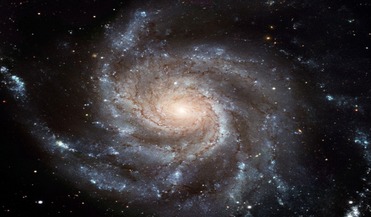 03 June 2020
New study challenges the assumption that the Universe doesn't spin
03 June 2020
New study challenges the assumption that the Universe doesn't spin
... billion to have such asymmetry by chance, according to Shamir's research. In other words, the Universe could have a defined structure and that the early Universe could have been spinning. "The geometrical pattern exhibited by the distribution of the...
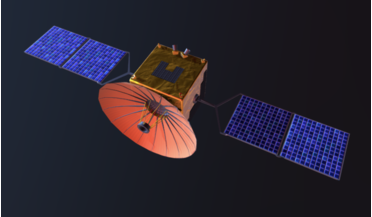 02 December 2019
Chang'e 4 relay satellite now a radio telescope
02 December 2019
Chang'e 4 relay satellite now a radio telescope
...the instrument truly performs,” says Heino Falcke of Radboud University and scientific leader of the Dutch-Chinese radio telescope. ... to search for low-frequency radio emissions from the early Universe. But it hasn’t all been plain sailing for ...
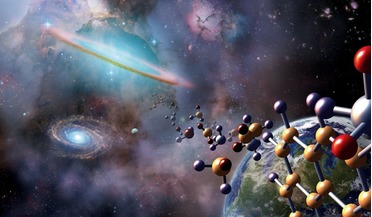 July 2020
Life in the universe – common or not?
July 2020
Life in the universe – common or not?
..., but this fact is not easy to explain because the causally connected regions were much smaller in the early universe. Inflation is currently the only widely accepted solution to this homogeneity problem. This theory postulates an epoch of rapid...
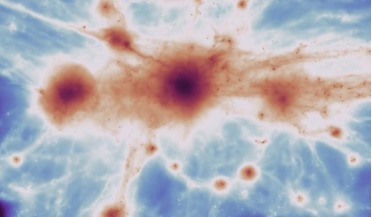 04 October 2019
Have ancient filaments helped uncover the nature of dark matter?
04 October 2019
Have ancient filaments helped uncover the nature of dark matter?
... is very light in mass, rather than very heavy as most scientists have assumed, then it stands to reason the early Universe might have formed in a particular way. Indeed, in their simulations, the researchers found that if dark matter is cold...
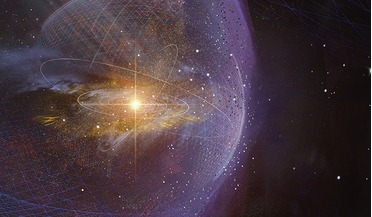 January 2022
Revealing the magnetic universe
January 2022
Revealing the magnetic universe
..., mergers and active galaxies have evolved over cosmic time, especially during the violent, feedback-dominated early universe. Magnetic fields lines in Messier 82 overlaid on a visible and infrared composite image from the Hubble Space Telescope...
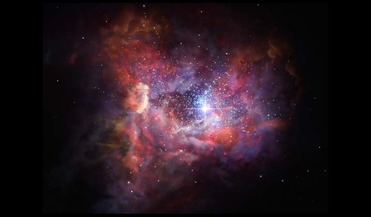 08 March 2017
The most distant galaxy yet observed by ALMA gives insight into first stars
08 March 2017
The most distant galaxy yet observed by ALMA gives insight into first stars
... early times are very promising,” says Ellis. “Further measurements of this kind offer the exciting prospect of tracing early star formation and the creation of the heavier chemical elements even further back into the early Universe,” added...